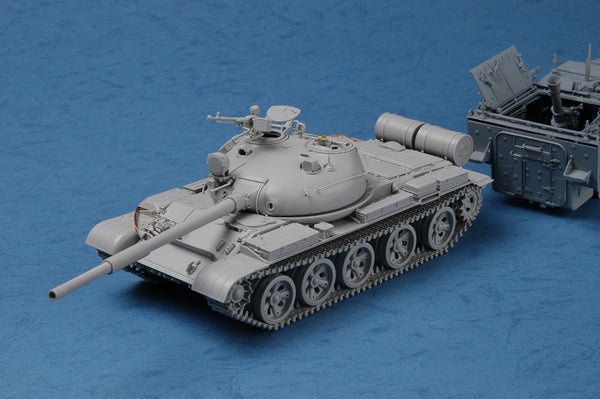
He fitted it with a cartridge-case ejector and mounted it onto a stretched T-55 chassis. This increased the ammunition load carried by the tank to 45 rounds.Īt the end of 1958, Kartsev decided to modernise the Ob'yekt 140 turret. This design was more similar to the original T-54, but incorporated one useful feature from the Ob'yekt 140 the upper fuel tanks were fitted with mounts for tank gun ammunition.
#INKBOOK MODEL T62 SERIAL#
The trials showed that because of the complicated construction of many of the tank's systems, Kartsev's tank would be expensive in serial production and hard to maintain.įorced to abandon the Ob'yekt 140 project, Kartsev started working on yet another T-54 modernisation called the Ob'yekt 155.

In 1957, Uralvagonzavod built two Ob'yekt 140 prototypes which were put on trials soon after. The engine was placed on the bottom of the hull, a solution that reduced the height of the engine compartment. The tank carried 50 rounds and was powered by a V-36 diesel engine developed by engineer Artiemejev. The turret was cast and armed with the same D-54TS tank gun and included the Molniya two-plane stabilization system. The new tank had a suspension with six light road wheels made of aluminium. When the T-54M was abandoned, he and his design team started working on a new tank, called Ob'yekt 140.
#INKBOOK MODEL T62 UPDATE#
He had already led the development of the relatively minor upgrades to the T-54 that produced the T-54A (Ob'yekt 137G) and T-54B (Ob'yekt 137G2) and began the development of a more major update as the T-54M (Ob'yekt 139). Kartsev, the head of the OKB-520 design bureau of Uralvagonzavod factory (UVZ) in Nizhny Tagil. It was armed with the new 100 mm D-54TS tank gun.ĭuring this period, simpler upgrades to the existing T-54 design were assigned to a young engineer, Leonid N. The turret had three-layer armour with an overall thickness of 185 mm to 240 mm. Ob'yekt 430 had a hull of welded rolled steel plates and a turret of cast and forged steel. Object 140 Īfter delivery of the T-54 design, its lead designer Alexander Morozov turned his attention to a new design, the Ob'yekt 430. The T-62 thus took shape, marking an evolutionary improvement on the T-55. This in turn necessitated a larger hull, as the T-55 hull was simply too small to accept the new turret. The bigger gun required a bigger turret and turret ring to absorb the higher recoil. Trials showed that the T-55 was inherently unsuited to mount the larger weapon and work began on a new tank. It was decided to up-gun the T-55 with a 115 mm smoothbore gun, able to fire kinetic energy penetrator armour-piercing fin-stabilized discarding sabot (APFSDS) rounds.

While 100 mm high-explosive anti-tank (HEAT) ammunition could have done the job, they were much less accurate than APDS shells, and the relatively low flight velocity resulted in poorer accuracy if used on moving targets.

Design features of the T-62 became standardized in subsequent Soviet and Russian mass-produced tanks.ĭevelopment history The initial requirements īy the late 1950s, Soviet commanders realised that the T-55's 100 mm gun could not penetrate the frontal armour of newer Western tanks, such as the Centurion and M48 Patton, with standard armour-piercing shells.

While the T-62 became the standard tank in the Soviet arsenal, it did not fully replace the T-55 in export markets due to its higher manufacturing costs and maintenance requirements compared to its predecessor.Īlthough it was followed by later models in successor states of the Soviet Union, the T-62 remained in reserve in the former USSR and in frontline use by other countries. prototype T95 medium tank was the first tank ever built with a smoothbore gun). In contrast with previous tanks, which were armed with rifled tank guns, the T-62 was the first production tank armed with a smoothbore tank gun that could fire APFSDS rounds at higher velocities (the U.S. As a further development of the T-55 series, the T-62 retained many similar design elements of its predecessor including low profile and thick turret armour. The T-62 is a Soviet medium tank that was first introduced in 1961. T-62 at the Russian Museum of Military History


 0 kommentar(er)
0 kommentar(er)
